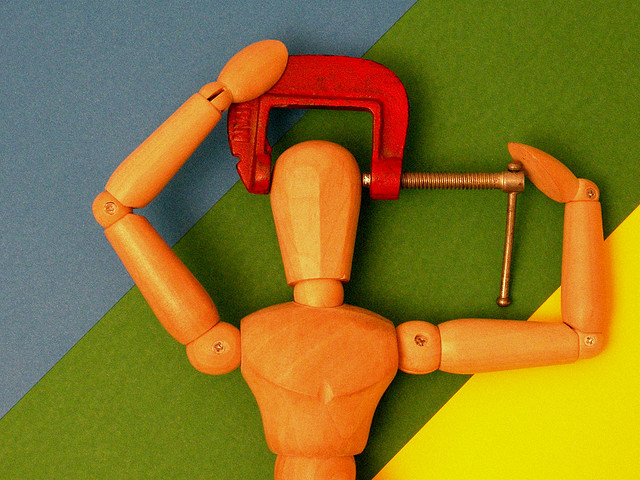
Hemicrania continua is a rare but treatable primary headache disorder that is also known as the ‘chronic daily headache’. It was not until 1981 that the medical community became aware of hemicrania continua.
Less than 150 cases were initially recorded, although rising awareness about the condition has led to more frequent diagnosis today. Anyone is at risk for developing chronic daily headaches, though the condition seems to occur in adult women more than any other population group.
Like migraines, hemicrania continua headaches are marked by their tendency to occur unilaterally (on one side of the head). Usually, chronic daily headache symptoms are mild to moderate and isolated to one side of the head, though a very small percentage of chronic daily headache sufferers will have bilateral symptoms. In addition to a constant, dull ache that never goes away, hemicrania continua also produces intermittent episodes of severe pain. This pain is often described as ‘stabbing’ or ‘piercing’, and can occur several times each day.
The exact cause of hemicrania continua is not known. However, the National Institute of Neurological Disorders and Stroke reports that the condition may be aggravated or intensified by physical exertion and alcohol consumption. Symptoms may also be agitated by caffeine, fatigue, or pressure applied to the neck.
Hemicrania Continua Diagnosis
The International Headache Society recognizes hemicrania continua as a chronic headache confined to one side of the head that is also responsive to the non-steroidal, anti-inflammatory drug indomethacin. It is important for patients to get the right diagnosis for hemicrania continua in order to make a full recovery. This condition is often misdiagnosed as chronic migraine; but it is unresponsive to many traditional migraine treatments like triptans and other abortive medications. In fact, a chronic daily headache caused by hemicrania continua is primarily differentiated from migraines according to the condition’s responsiveness to indomethacin.
But despite the high success rate among hemicrania continua patients treated with indomethacin, Drs. Peter Goadsby and Elisabetta Cittadini reported in a 2012 update on hemicrania continua that many patients continue to suffer with chronic daily headache due to misdiagnosis. Whether due to its rarity or similarity to other chronic headache conditions, undiagnosed hemicrania continua will persist until accurately diagnosed and treated.
To confirm a diagnosis, the hemicrania continua must:
-
Produce mild to moderate headaches on the same side of the face or head each day for a minimum of three months
-
Produce periodic episodes of intense, piercing pain accompanied by other migraine or cluster headache symptoms like nausea, light and sound sensitivity, drooping eyelids, irritated eyes, and nosebleeds
-
Respond in totality to indomethacin treatment
Treatment for Chronic Daily Headache
Indomethacin provides nearly instantaneous relief for patients suffering from hemicrania continua headaches. This non-steroidal anti-inflammatory drug (NSAID) can eliminate chronic daily headaches with just one dose. Generally, patients diagnosed with hemicrania continua are prescribed a daily dose of indomethacin – usually between 25mg and 300mg. Due to the drug’s tendency to irritate the gastrointestinal tract, patients may also be prescribed medication to help suppress acid in the stomach.
Other NSAID medications like celecoxib may also be helpful in reducing symptoms, although not as effective as indomethacin. Alternative treatments are generally reserved only for patients who are intolerant of indomethacin’s side effects.
Image Source: aldoaldoz

